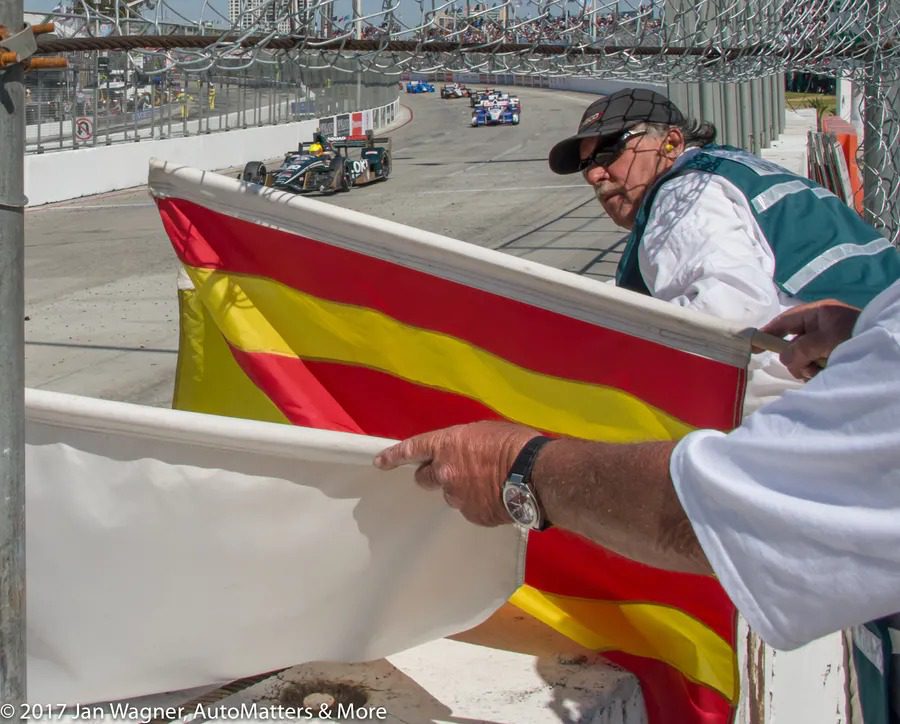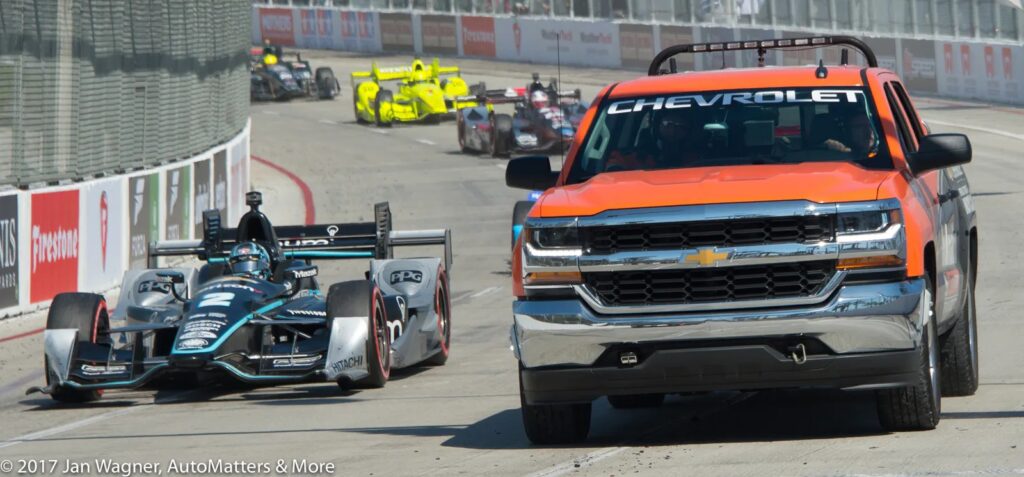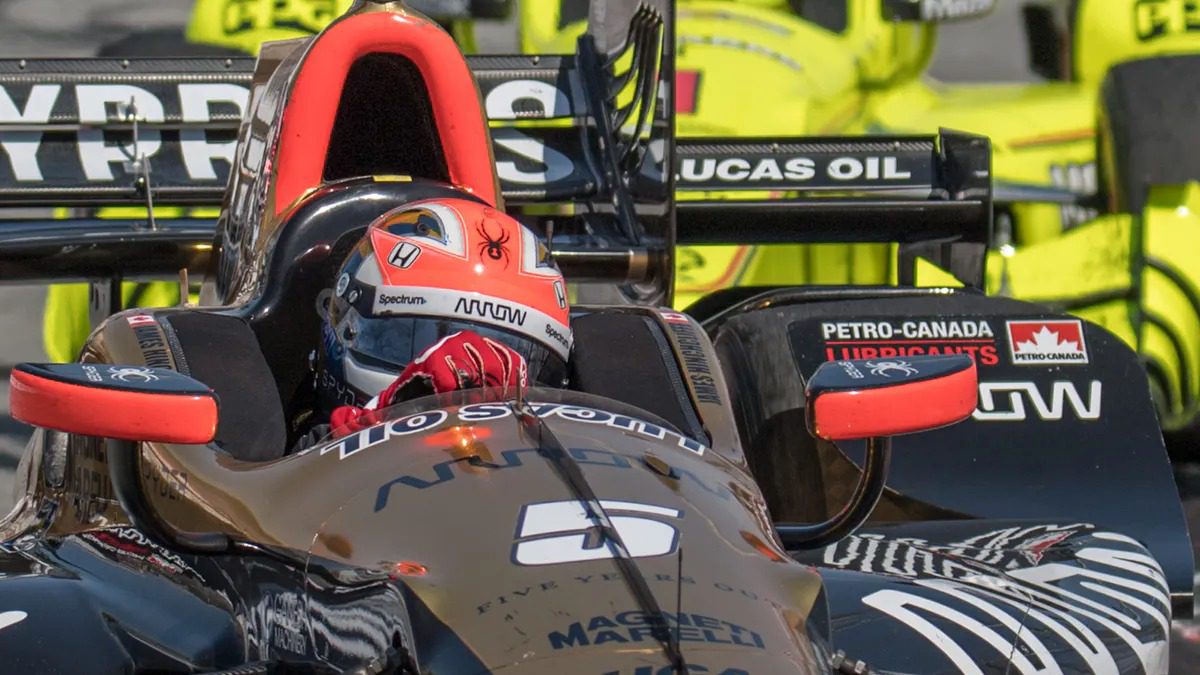
INDYCARS AT THE 2017 TOYOTA GRAND PRIX OF LONG BEACH
Three cautions & one team’s breakdowns helped determine the outcome
The Toyota Grand Prix of Long Beach attracts close to a quarter of a million people to this popular beach community in Southern California.
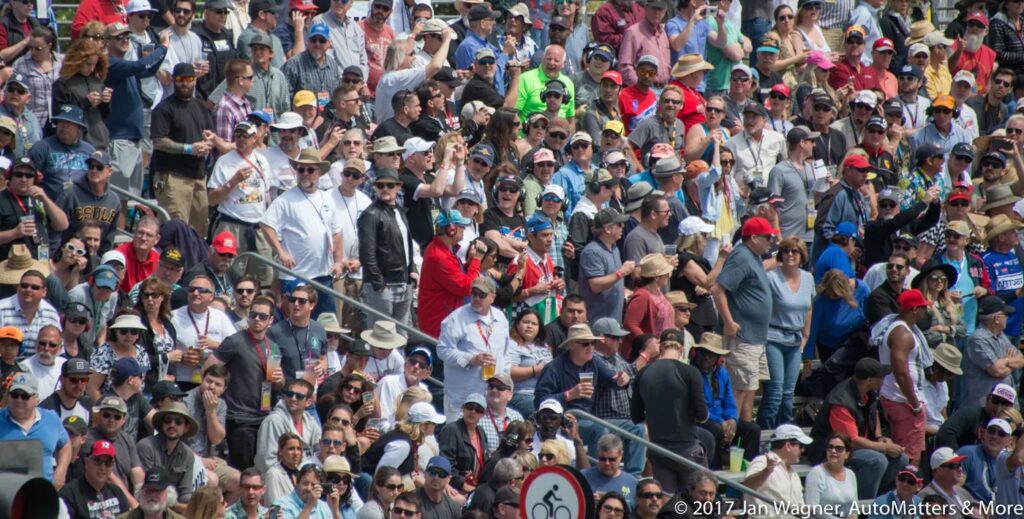
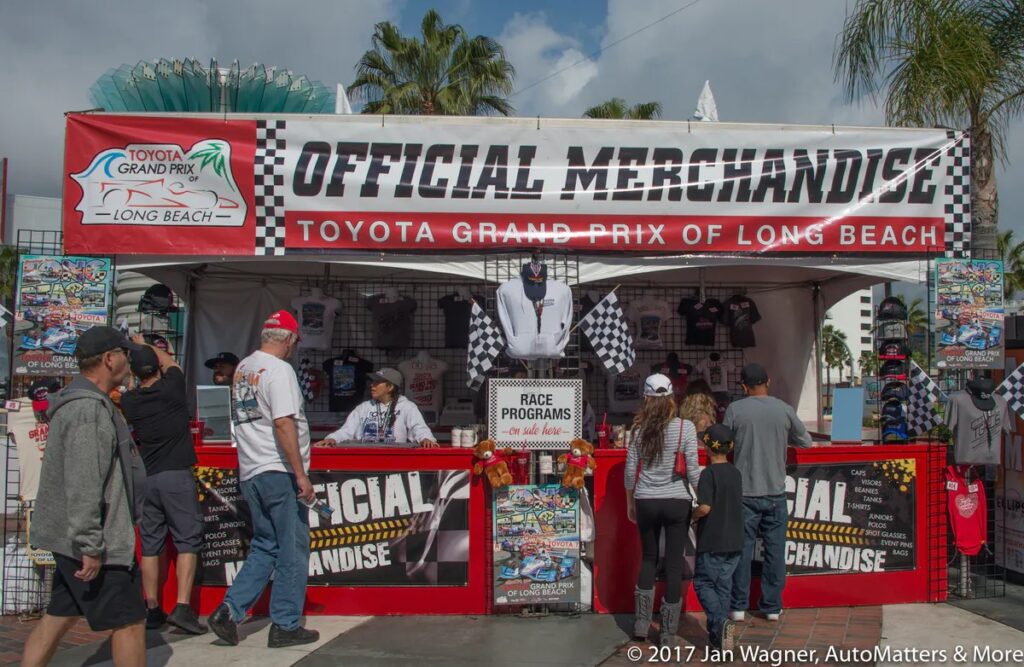

In addition to the racing, visitors come here to enjoy the sun, the beach, the restaurants and food trucks, a family fun zone, the large Lifestyle Expo, concerts, the K1 Speed Go-Kart track and more, but for hard core race fans the big draw is multiple major racing series all in one scenic venue.
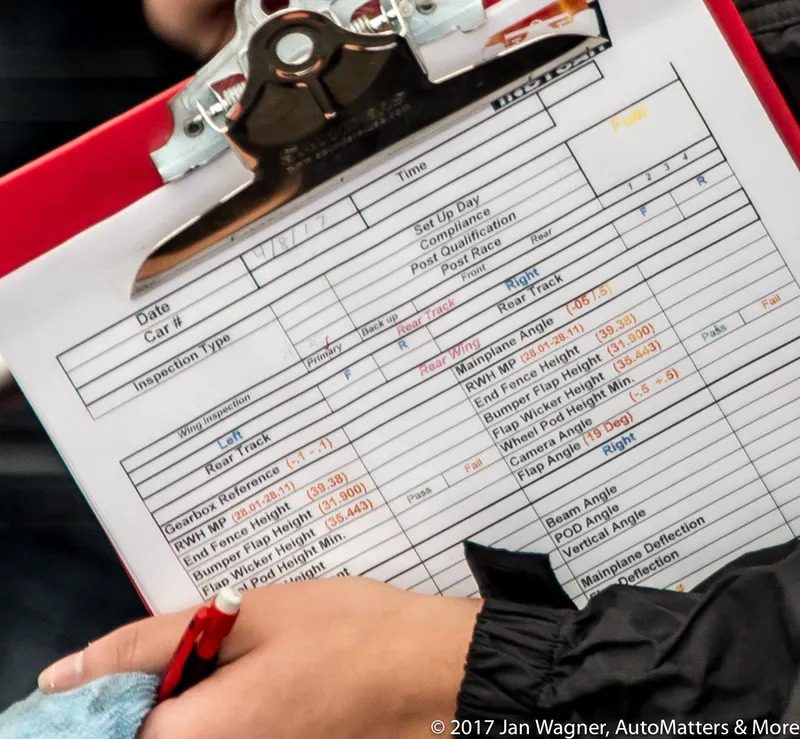
On the second weekend of April, the 43rd Toyota Grand Prix of Long Beach brought together the Verizon IndyCar Series, the Motegi Racing Super Drift Challenge – at night under the lights, the Bubba Burger Sports Car Grand Prix – part of the IMSA Weathertech Sportscar Championship, a Can-Am Challenge race for thousand horsepower vintage racecars from the 1960s and 1970s (replacing the departed Toyota Celebrity Challenge race), Robby Gordon’s high flying SPEED Energy Stadium SUPER Trucks, the Pirelli World Challenge and the Verizon IndyCar Series.
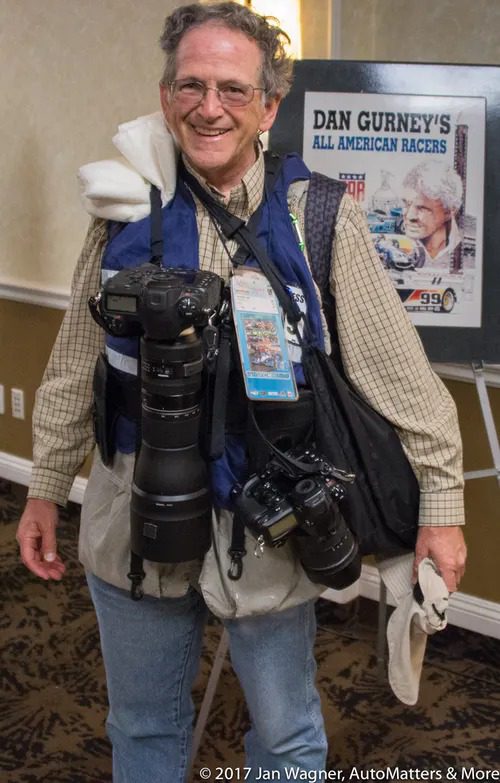
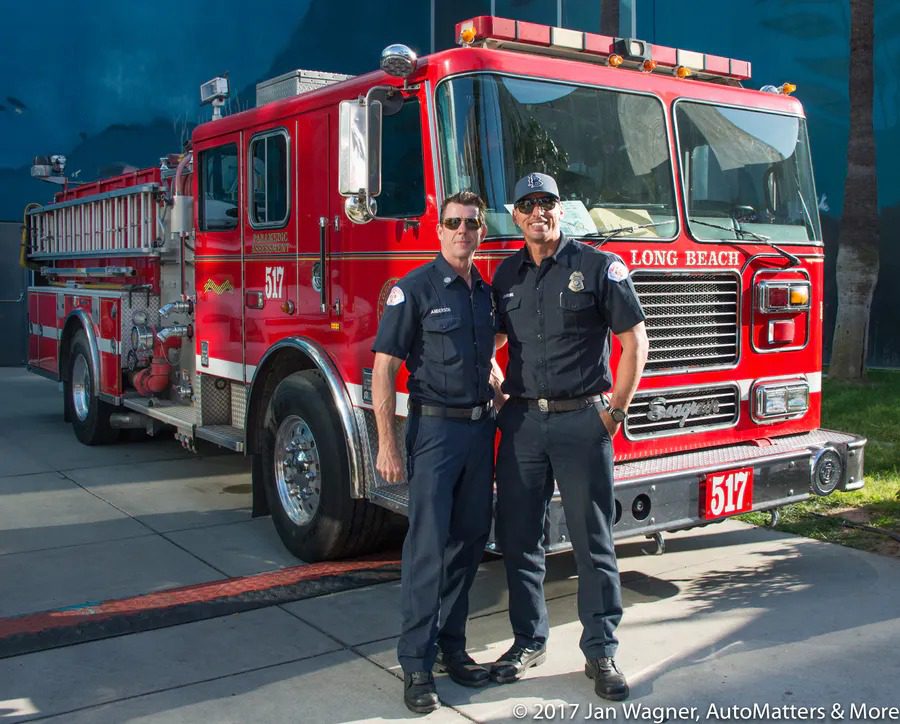
The weather, which had initially threatened light rain, turned out to be perfect for racing: moderate temperatures, calm and dry.


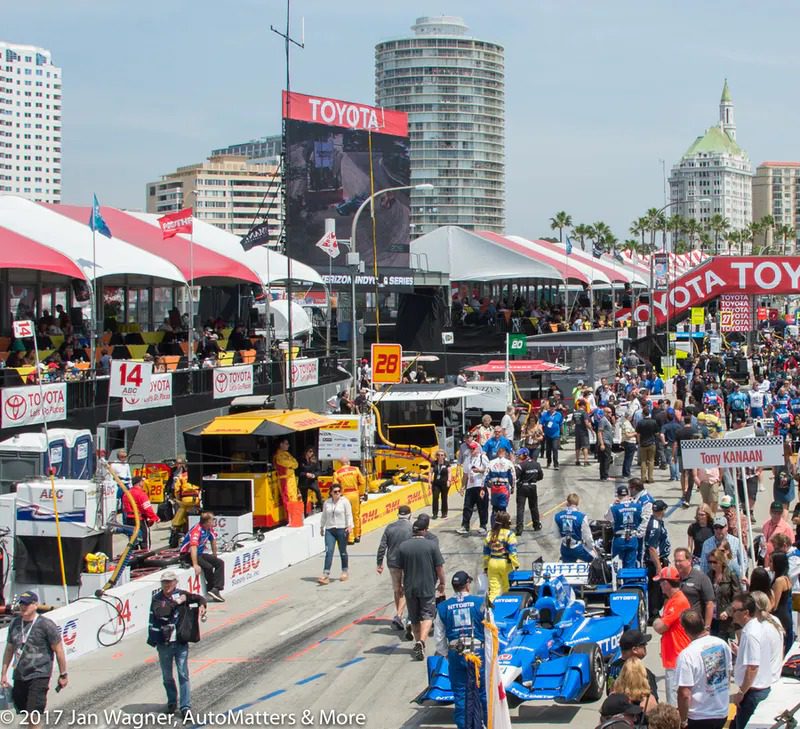

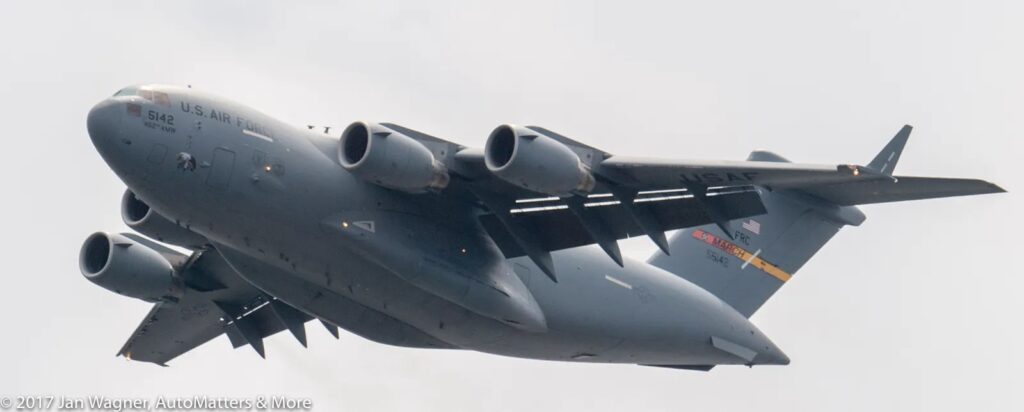
The IndyCar race has long been the weekend’s signature event. Next to the Indy 500, this is the IndyCar race that the drivers most want to win. Each year the sounds of screaming IndyCars reverberate off of the concrete barriers that line the Shoreline Drive main straightaway and the rest of this temporary street circuit.
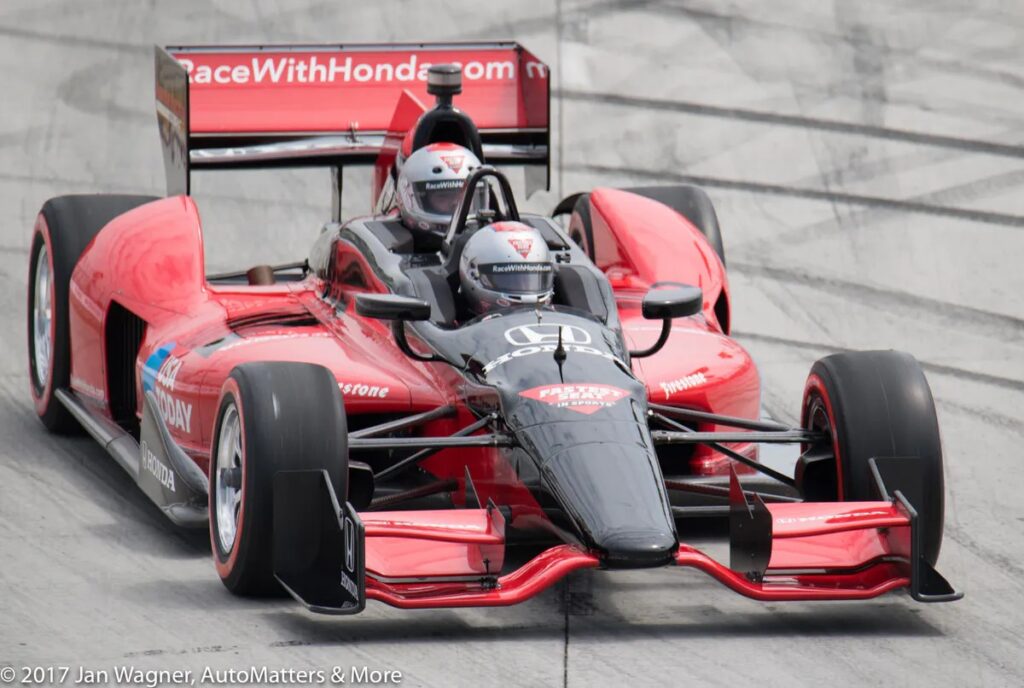
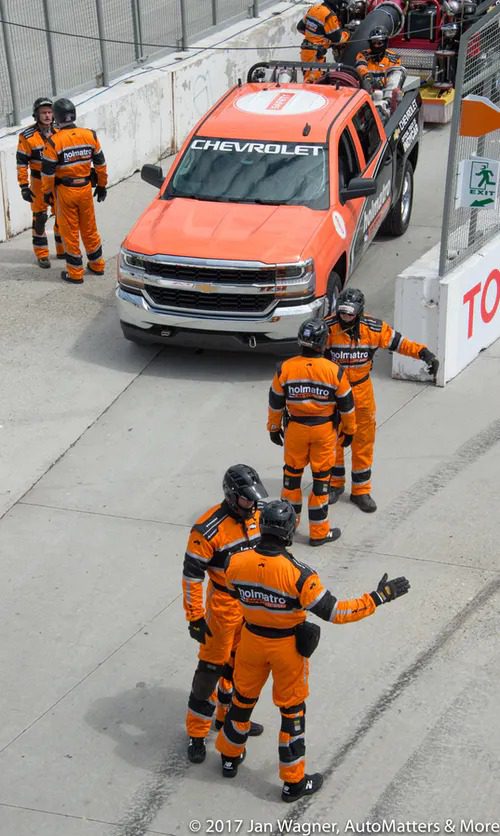
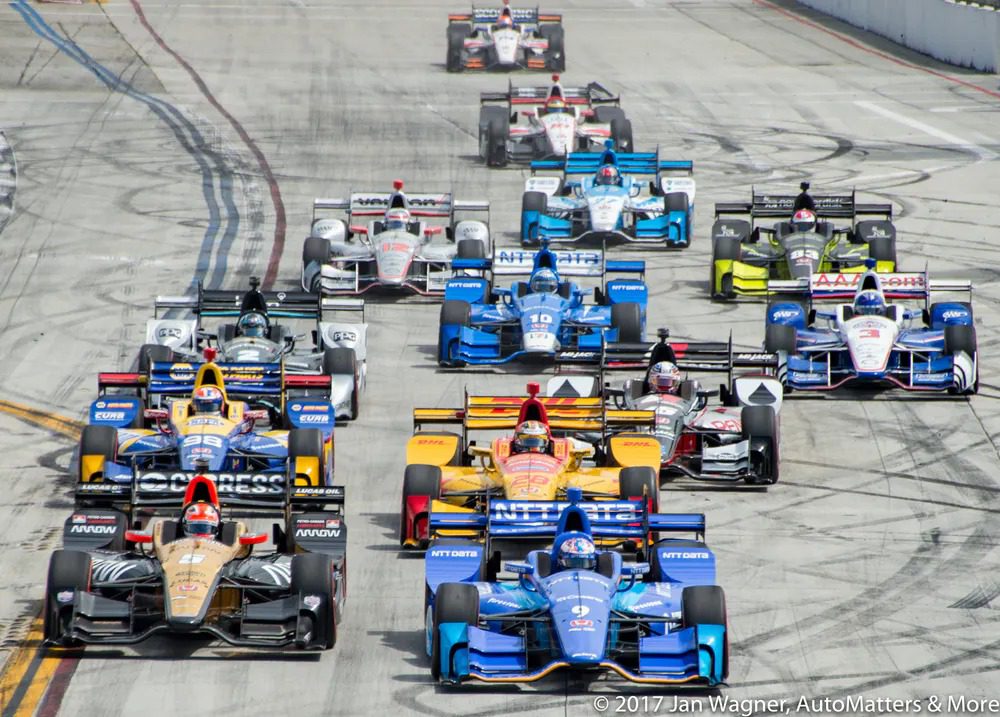
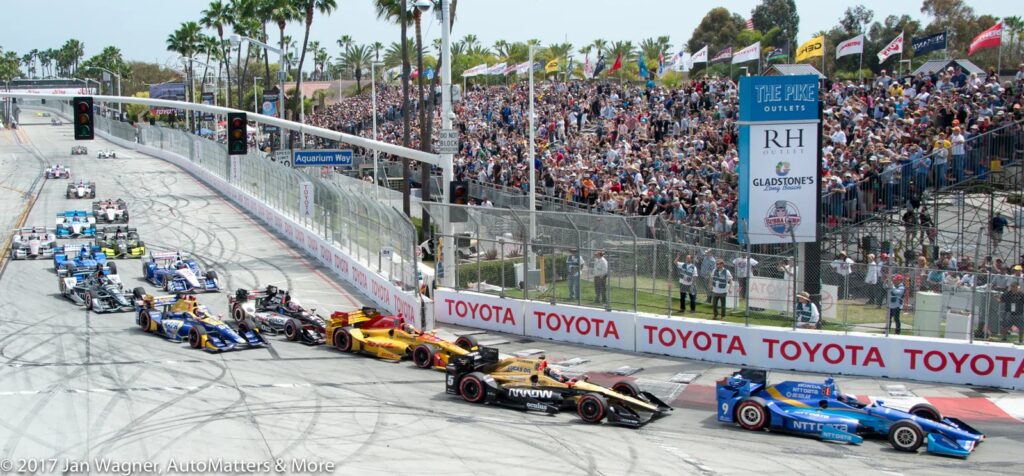
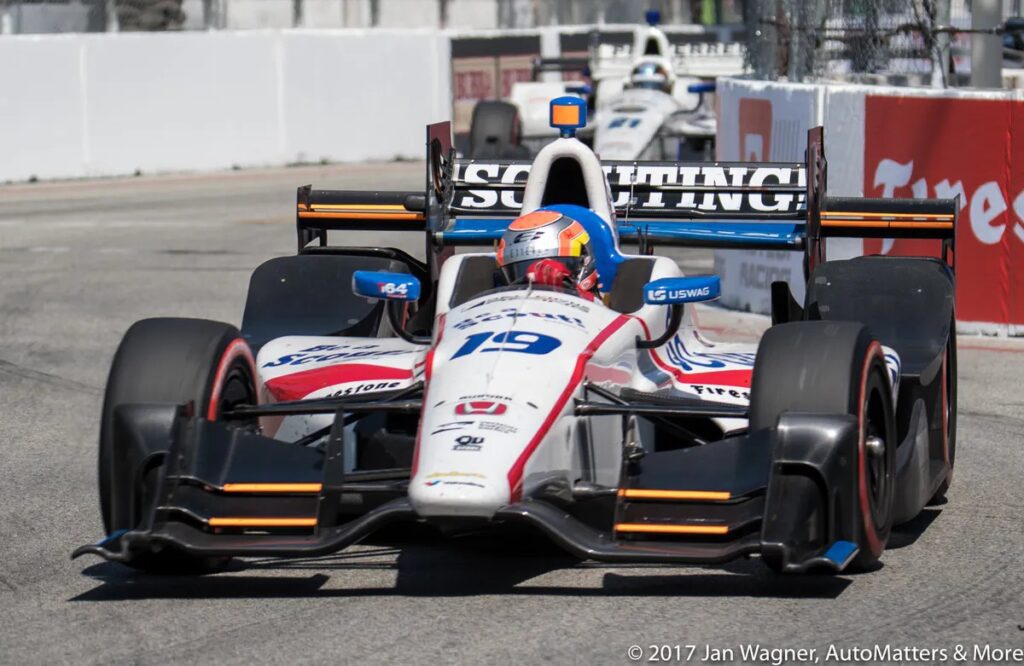
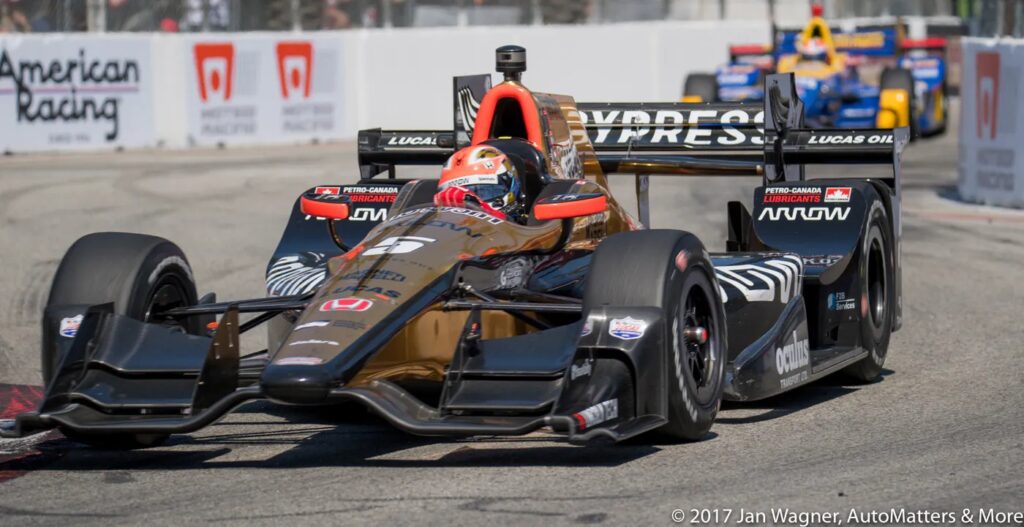
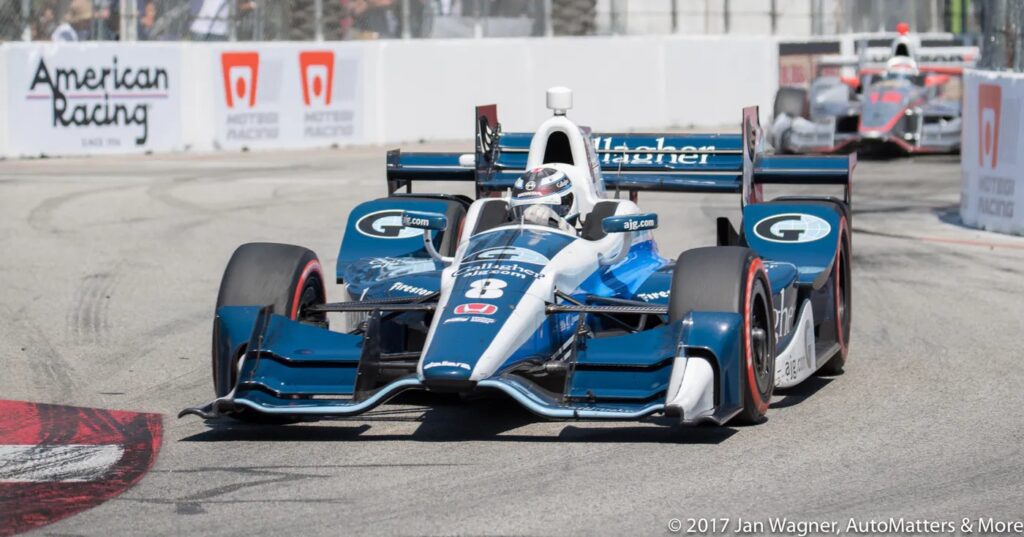
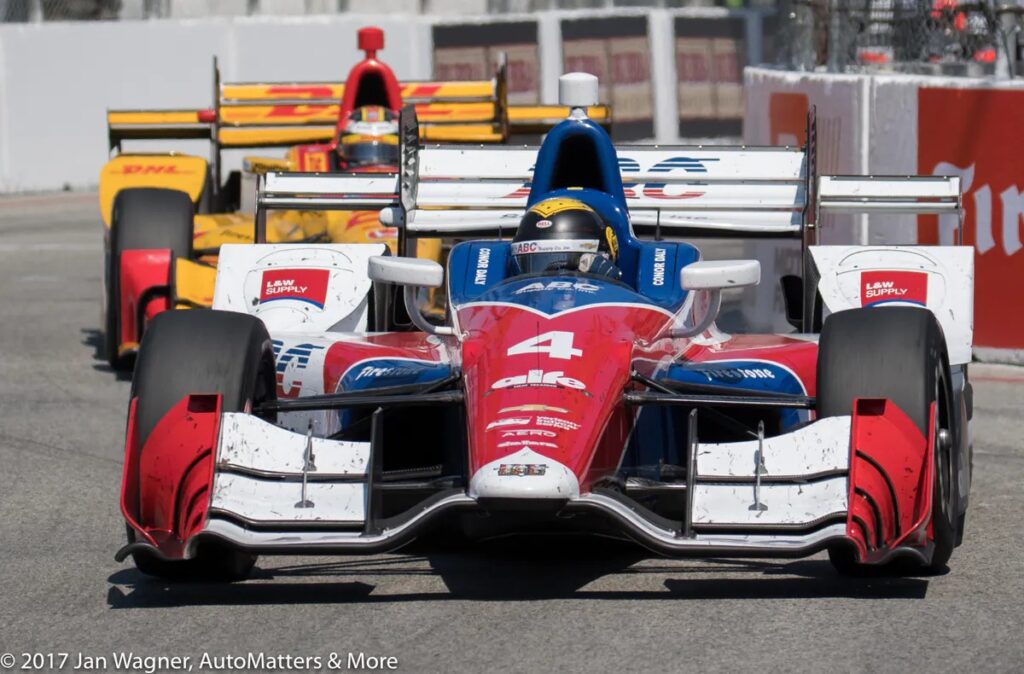
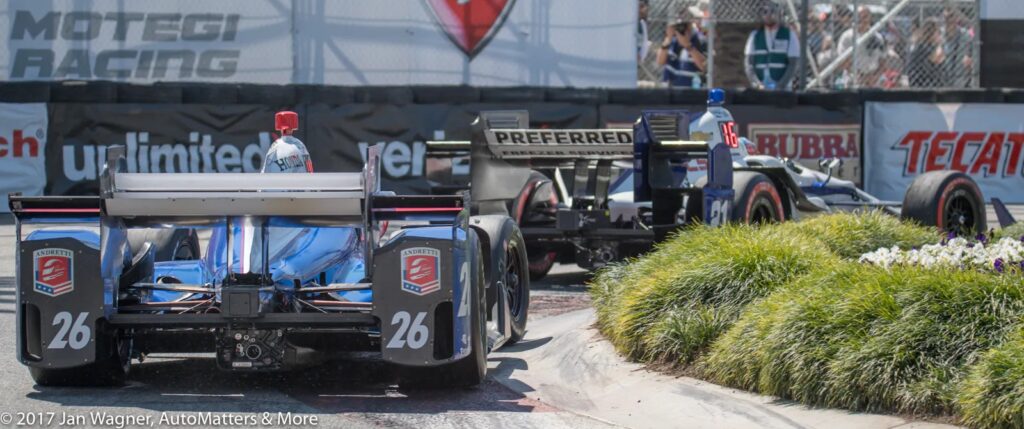
The current IndyCar chassis is the Dallara IR-12, powered by either a Chevrolet or a Honda 2.2-liter, twin-turbocharged V-6 engine. Each manufacturer has distinctive, unique, aerodynamic bodywork.
Pit stops include refueling and mandatory tire changes. In this year’s race, some teams opted to make two pit stops and some chose three, to have fresher tires. The way things worked out, making only two stops turned out to be the better strategy.
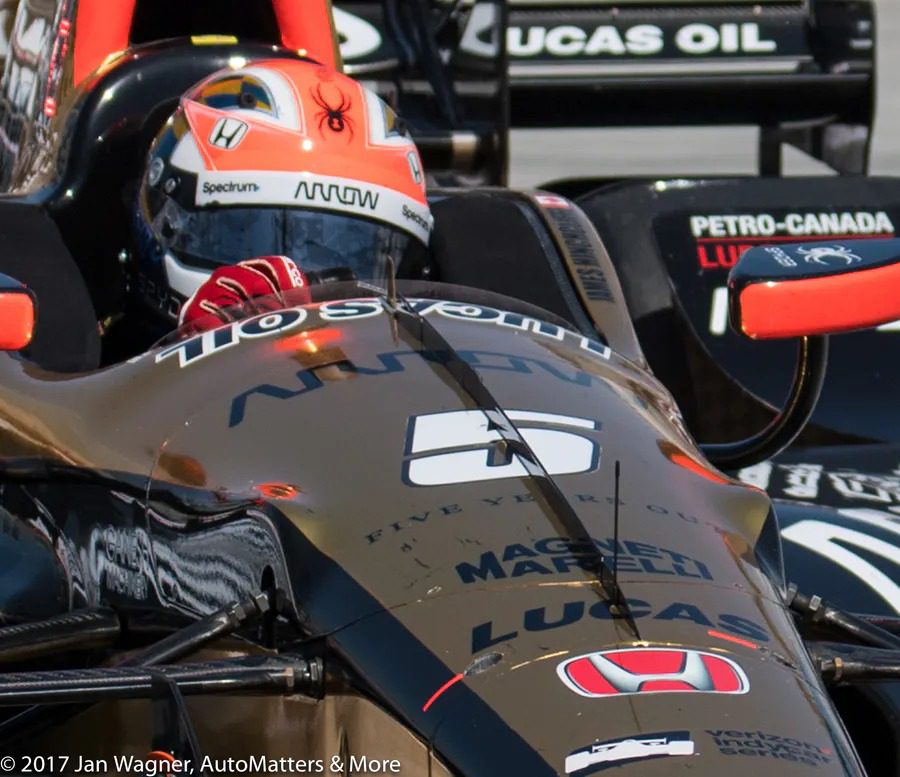

Cars’ performance is important but so is reliability, as Andretti Autosport was painfully reminded. All four team cars – one of which led many laps – uncharacteristically dropped out of contention, which was a first for that team. Perhaps worse yet, each faltered for different reasons. This is the same team that will be fielding a Honda-powered IndyCar for Formula 1 World Champion Fernando Alonso at this year’s Indy 500 – a race that he will be contesting instead of racing in that same weekend’s Formula 1 Monaco Grand Prix in his uncompetitive McLaren Honda. Andretti Autosport will need to sort out all of their problems soon.

On Saturday in the exciting qualification rounds, Helio Castroneves (driving the Chevrolet-powered, Auto Club of Southern California-sponsored car #3 for Team Penske) qualified on pole, but at the drop of the green flag he had a poor start and fell back several positions – a deficit from which he would not recover. He finished ninth.
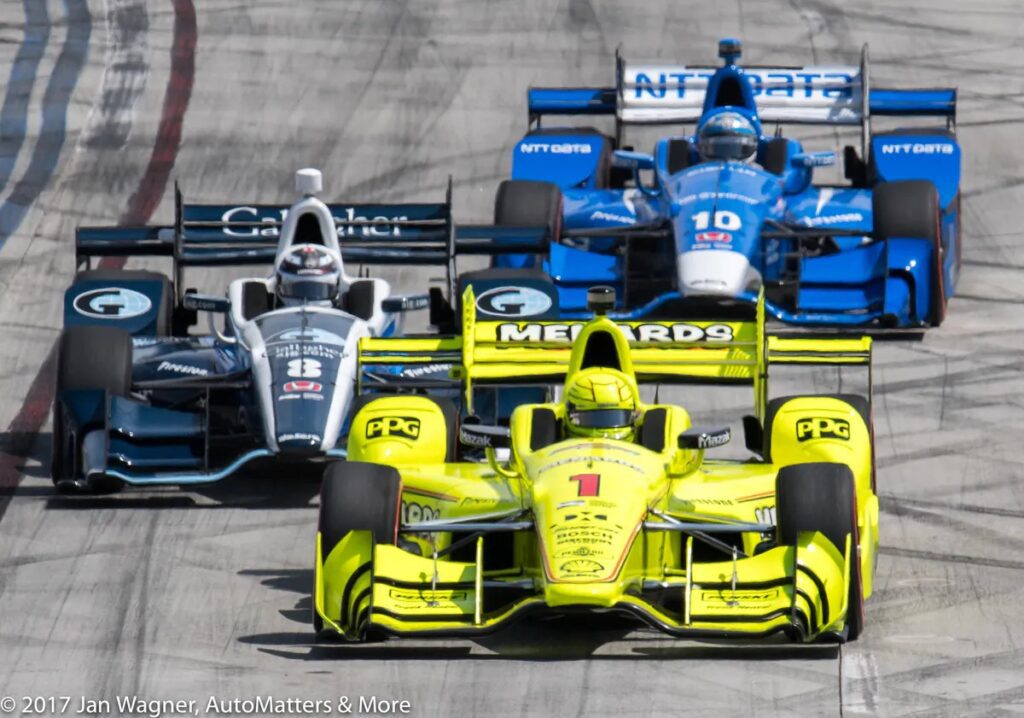
Canadian James Hinchcliffe qualified fourth. Through skillful driving, a sound two-stop pit strategy and some good luck he worked his way up past Scott Dixon (NTT Data Honda #9 for Chip Ganassi Racing) and Ryan Hunter-Reay (DHL Honda #4 for Andretti Autosport) to take the checkered flag. Dixon and Hunter-Reay had each led more laps than Hinchcliffe, but Dixon got caught out by his three-pit top strategy to finish second, and Hunter-Reay suffered some sort of electronics problem. He was scored in 17th place.
There were three caution periods. Will Power got together with Charlie Kimball just past the fountain, in turn four – a place where there was really no room to pass. That move took Kimball out of the race in the first lap. Power recovered and made it back to the pits for a new nose, but he was not competitive after that and finished in 13th.
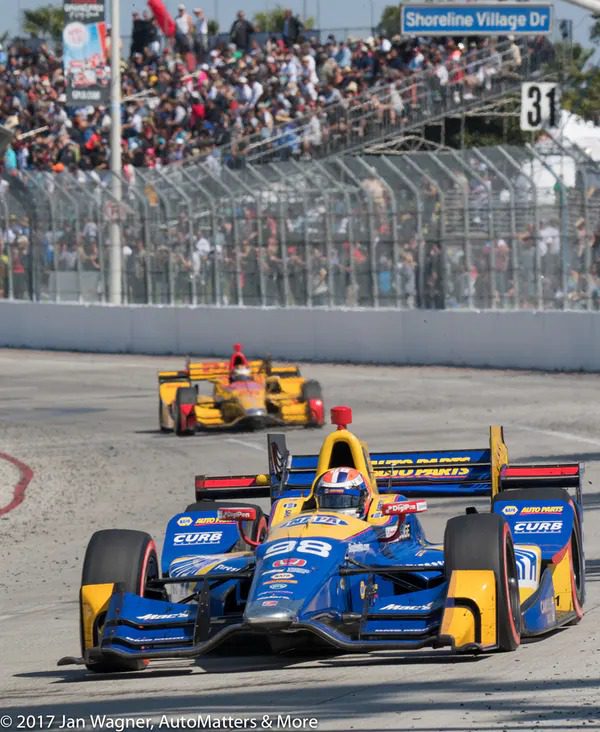
On lap 63 Alexander Rossi, who had been running strong and was in contention for a possible win, suffered a heartbreaking engine failure on the Shoreline Drive main straightaway.

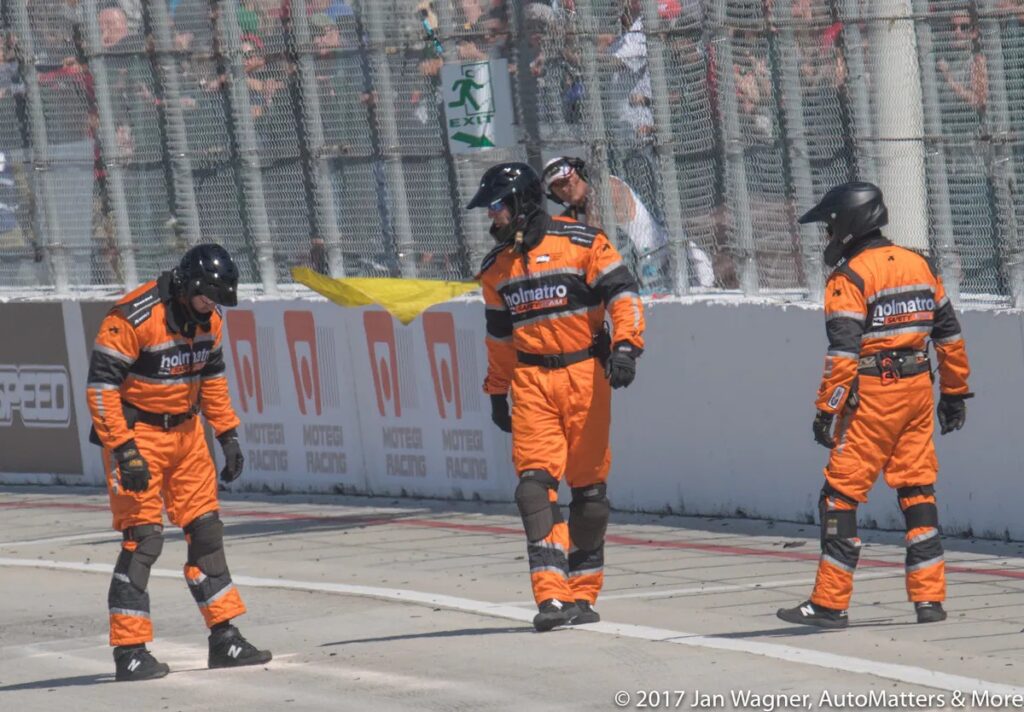
On lap 80 (of the 85 scheduled), Ryan Hunter-Reay’s Honda-powered car inexplicably came to a stop on course. It eventually restarted but his race was done.
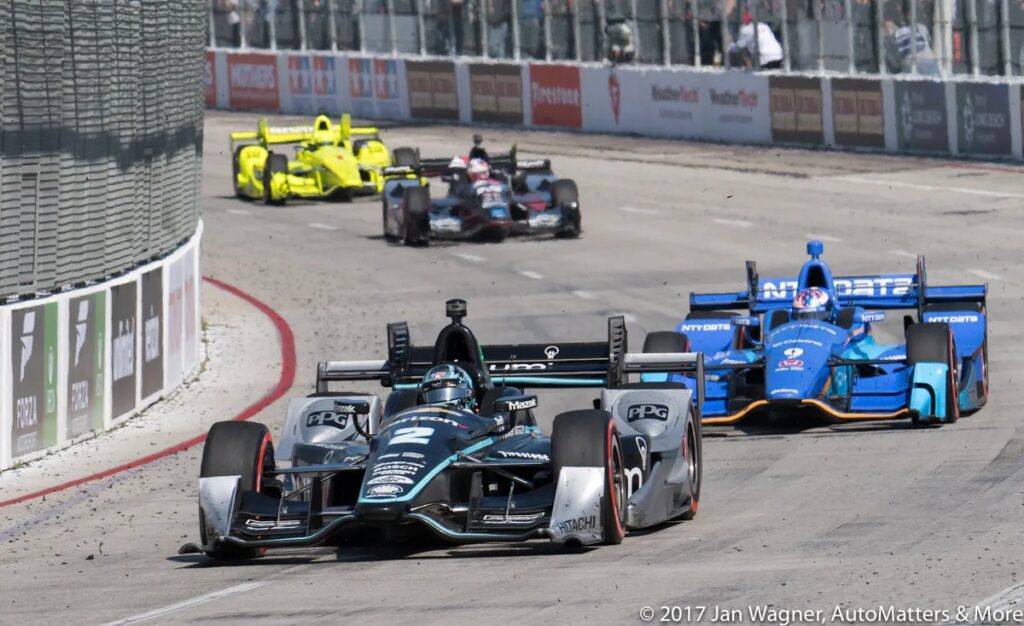
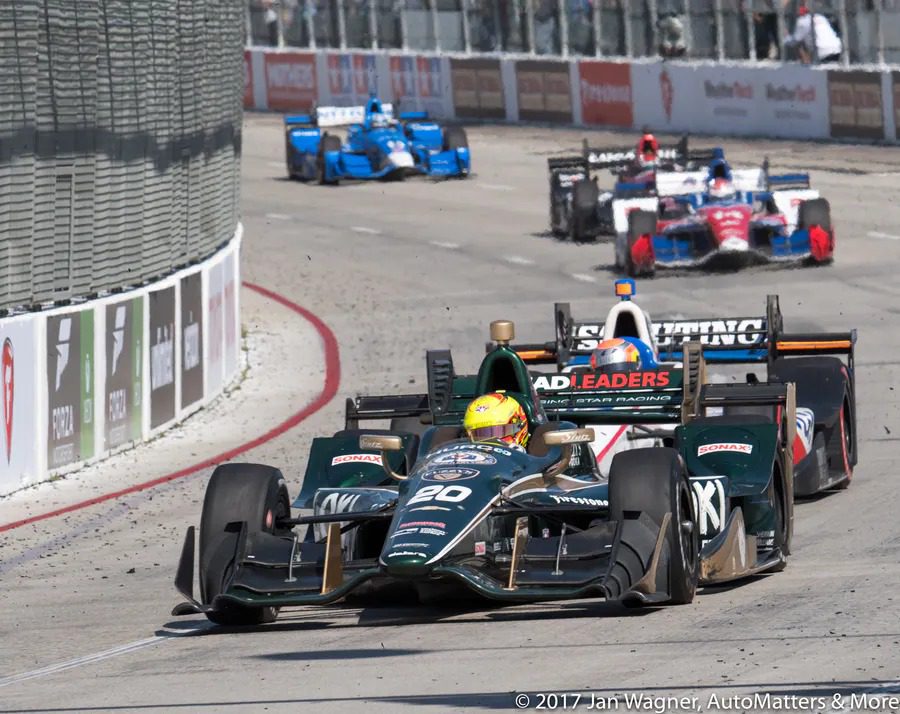

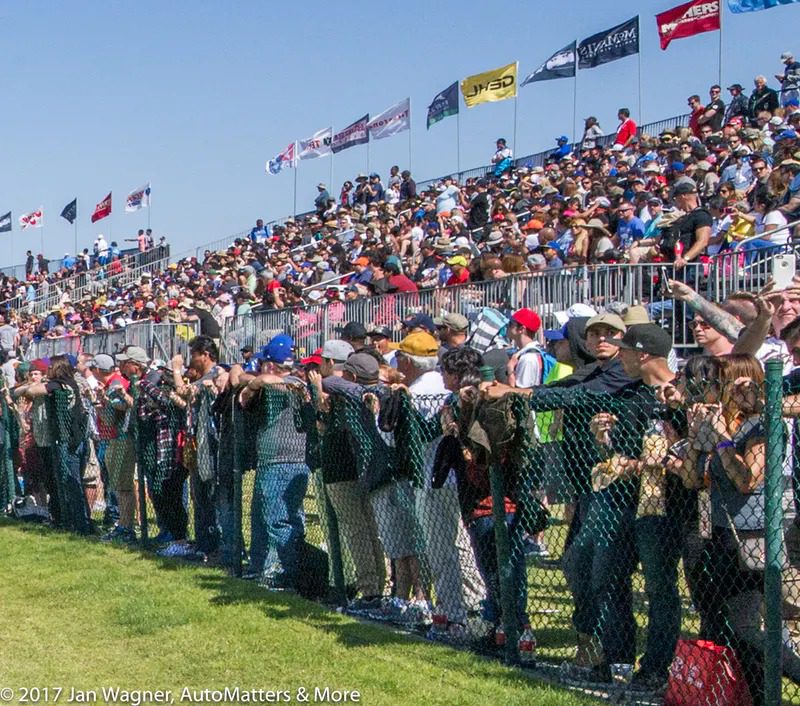

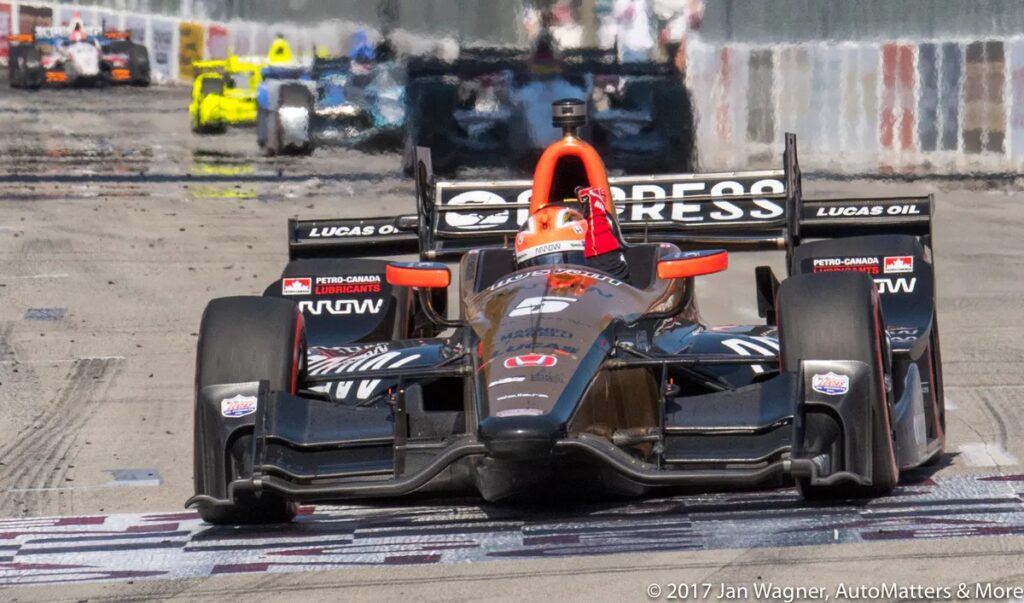
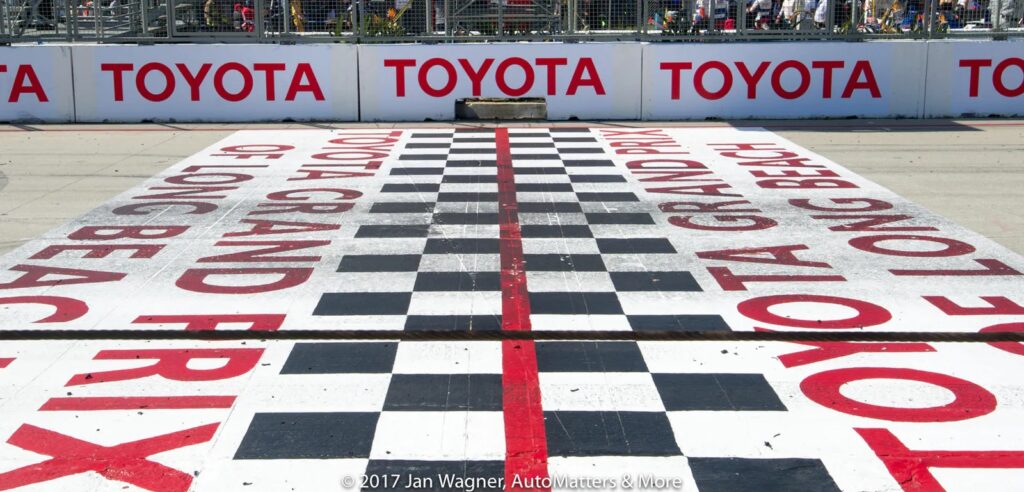
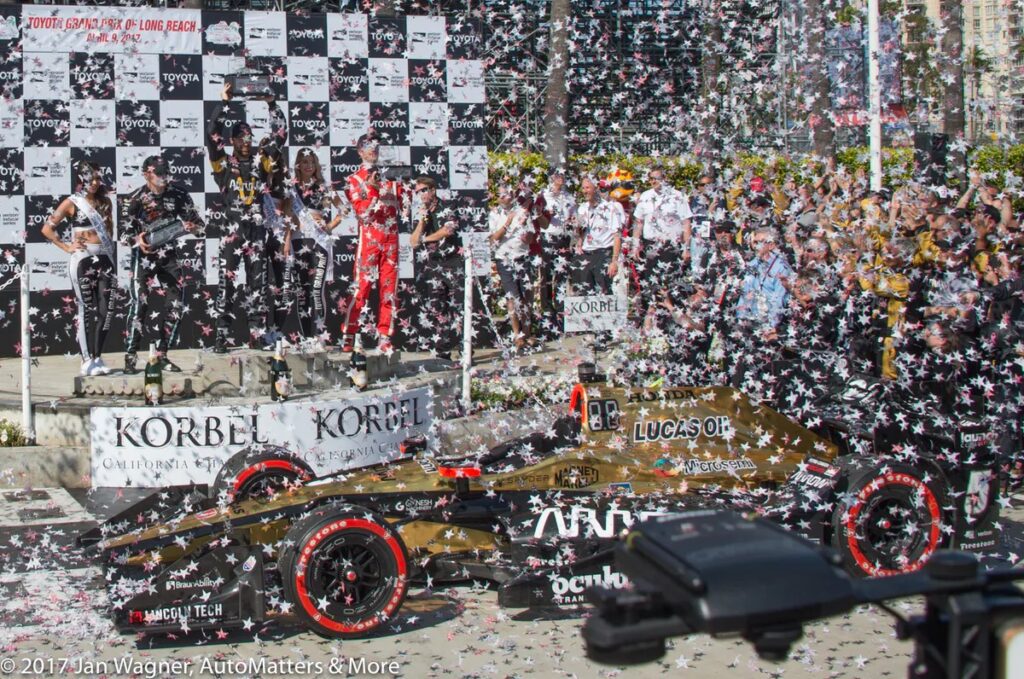

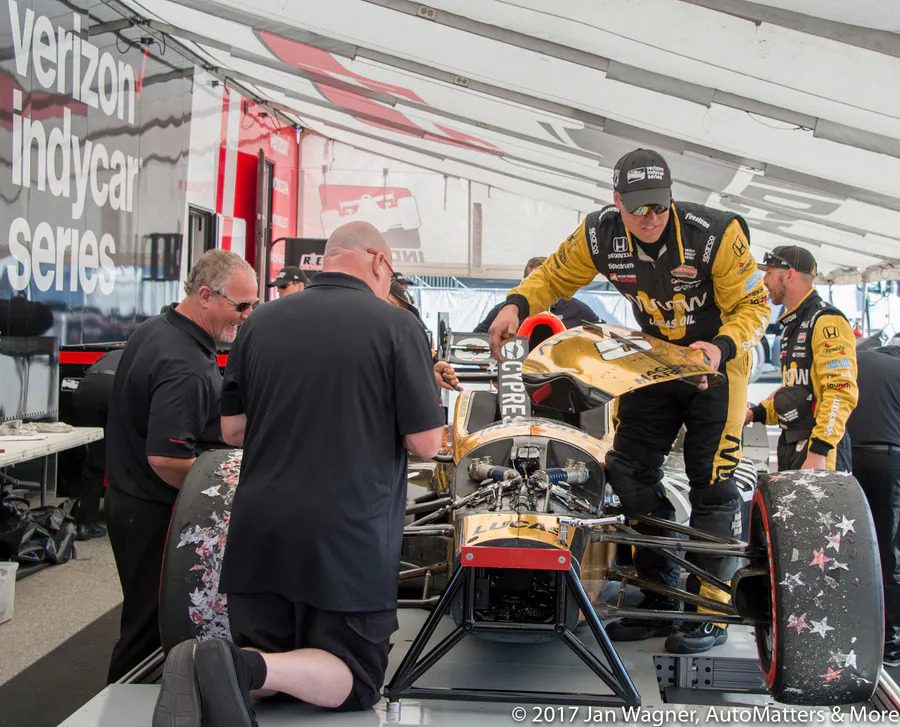
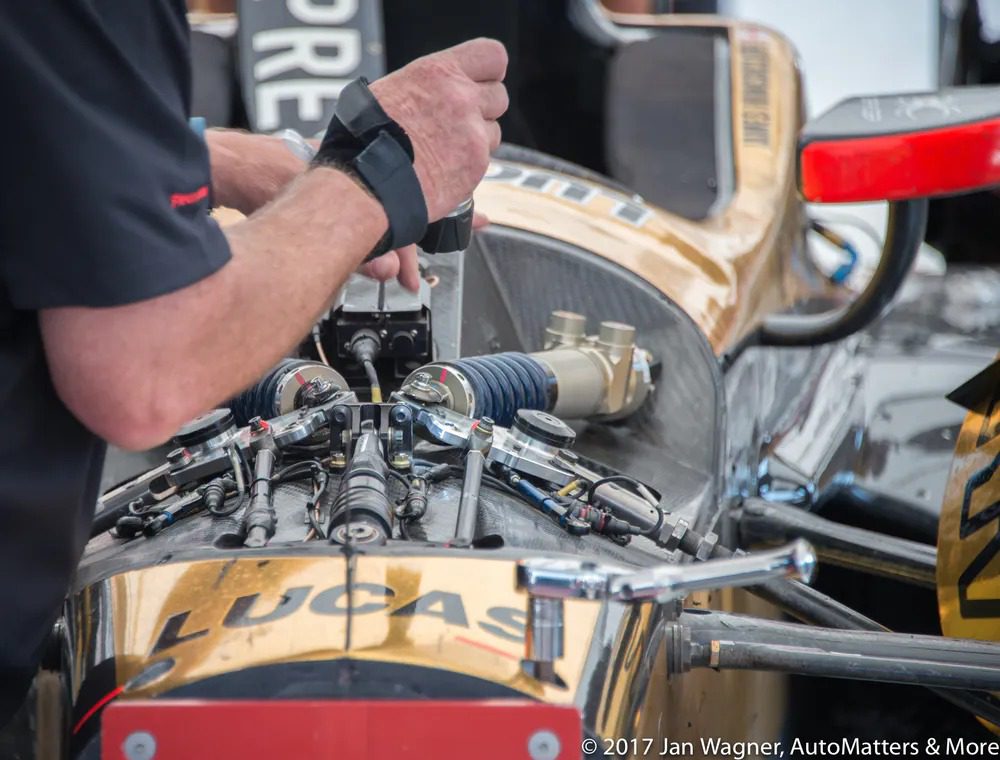
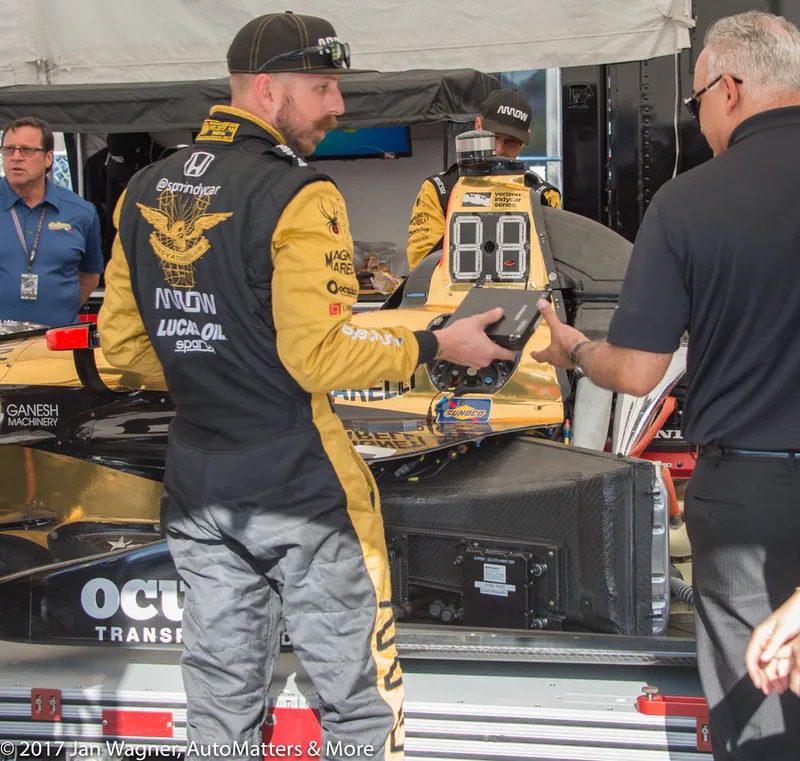
Toyota and the Southern California Toyota dealers have served as title sponsor of this “party at the beach” for many years. Since 1989, in conjunction with the Grand Prix, Toyota has donated over $2.4 million to Racing for Kids, a national organization that benefits children’s hospitals throughout the U.S.
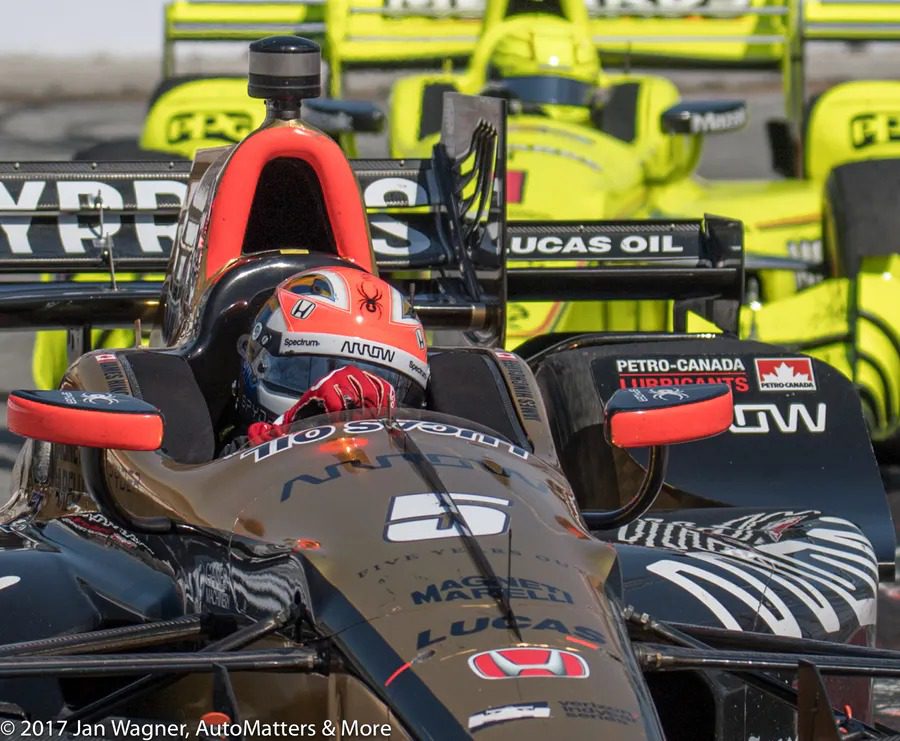
Copyright © 2017 by Jan Wagner – AutoMatters & More #486r1

